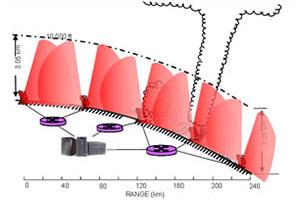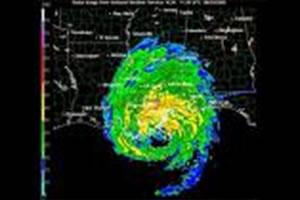A Weather Radar Experimental Network (WREN)
Project Leader: Douglas Gray (UoA)
Project Team: William Moran (UoM), Marian Viola (UoA), Senaka Samarasekera (UoM), Peter May (BoM), Bevan Bates (DSTO), Krishna Venkataraman (DSTO), Chris McCarroll (UMass), Bradley Ferguson (Raytheon Australia Pty Ltd), Matthew Trinkle (UoA), Waddah Al-Ashwal (UoA)
Funding: ARC Linkage Grant
Project background
Current long range weather radar systems suffer from several major limitations. The first is the limited sampling of the atmosphere that can be carried out since the radar beam may be blocked by topography and additionally the Earth's curvature means that the radar beam is well above the ground surface at long ranges. Each result in an inability to sense and measure important local effects. Secondly at long ranges the cross-range spatial resolution is limited by the azimuthal beamwidth of the transmit antenna. Finally the fixed scan patterns of such radars means that the dwell time on volumes of particular interest is limited and the revisit times may be long - commonly referred to as a lack of temporal resolution.
One approach to the first problem is to replace a single large high powered radar by a network of smaller low power radars distributed so that the effect of the earth's curvature is minimize. Such networks also offer the potential for increased spatial resolution in the cross-range dimension by appropriate placement of the individual radars.
Project aims
The project will:
- Build a network of distributed radars around Adelaide to measure weather phenomena and to monitor bushfire activity
- Each radar will be a fully polarimetric digital X band low cost radar
- Use of existing DSTO network for preliminary measurements
- Build three fully polarimetric digital X band radars (low cost)
- Three stage fusion/integration approach using
- loosely synchronised range-Doppler processed results
- synchronised range profiles
- synchronised raw data
- Incorporation of Raytheon phased array module
- Collaboration with CASA


